The Joint Team from Boreas Cryogenics and SITP Achieves Significant Progress in Theoretical and Experimental Research of Cryogen-free mK Dilution Refrigerators with High Cooling Capacity.
Back
2024-02-22
The dilution refrigeration cycle is currently one of the primary technology to achieve mK temperature range. Compared to other cycles such as adiabatic demagnetization refrigeration and evaporative refrigeration in the mK temperature range, the dilution refrigeration cycle has distinct advantages, including continuous cooling, absence of electromagnetic interference, and lower cooling temperatures. Therefore, it has been widely adopted in critical fields such as quantum technology. For example, the dilution refrigerator is a key components that provide extremely-low temperature environment for superconducting, topological and other quantum computing systems.
Dilution refrigerators can be categorized into "wet" and "dry" types based on whether liquid helium is used as the precooling stage. The "wet" type has many inconveniences in actual operation and the consumption of liquid helium further increases costs, making it rarely used today. The "dry" type dilution refrigerators require the high-power pulse tube cryocoolers operating in the liquid helium temperature as a pre-cooling means, which is the main application form at present. The "dry" type dilution refrigerators are also commonly referred to cryogen-free dilution refrigerators.
The theoretical research and prototype development of cryogen-free dilution refrigerators started relatively late. Although this field is highly valued and a lot of resources have been allocated to representative international research institutions, the overall progress has been not satisfactory. The key challenges include: incompletenesses of the technological chain, insufficient exploration of working mechanisms in internal circulation, slow advancement in practical model development, and the low cooling capacity at typical temperature range.
The joint research team of Boreas Cryogenics, SITP and the Shanghai Research Center for Quantum Science has conducted theoretical and experimental research on a high-cooling capacity, cryogen-free mK dilution refrigerator. Building on the team's earlier achievements in multi-stage high-frequency pulse tube cryocoolers (a five-stage high-frequency pulse tube achieving 2.2 K) and hybrid cryocoolers (a four-stage pulse tube + JT system achieving a world-record low temperature of 1.36 K among similar models), the team has made important breakthroughs after great efforts.
Our research team established an enthalpy flow model ranging from ambient temperature to mK based on the first law of thermodynamics. This model systematically analyzed the internal operating mechanisms of the dilution refrigerator, including specific distillation heating power, efficiency of the first-stage heat exchanger, optimal upstream pressure, and precooling temperature, providing valuable theoretical guidance for performance optimization of the dilution refrigerator. According to this model, the dilution refrigerator achieves a minimum temperature below 5 mK, with net cooling capacities of 38.5 μW@10 mK, 65 μW@20 mK, and 1.8 mW@100 mK. These cooling capacities significantly surpass most similar commercial product models.
.jpg)
Fig. 1. A simplified schematic of the dilution refrigerator.

Fig. 2. Variations of qM and qS with PU (the dotted lines stand for the situation of η < 100 %, and the corresponding efficiency is also shown).

Fig. 3. Variations of QM and QS with PU.

Fig. 4. Variations of qM (a) and qS (b) with Tpre for different PU.
Based on this model, the research team conducted studies on key components of the dilution refrigerator and carried out the development of the actual prototype. Important progress has been made, with observed trends aligning well with theoretical predictions. The relevant research results have been published in Cryogenics and IEEE Transactions on Applied Superconductivity, etc.

Fig. 5. Designed prototype model of the DR.
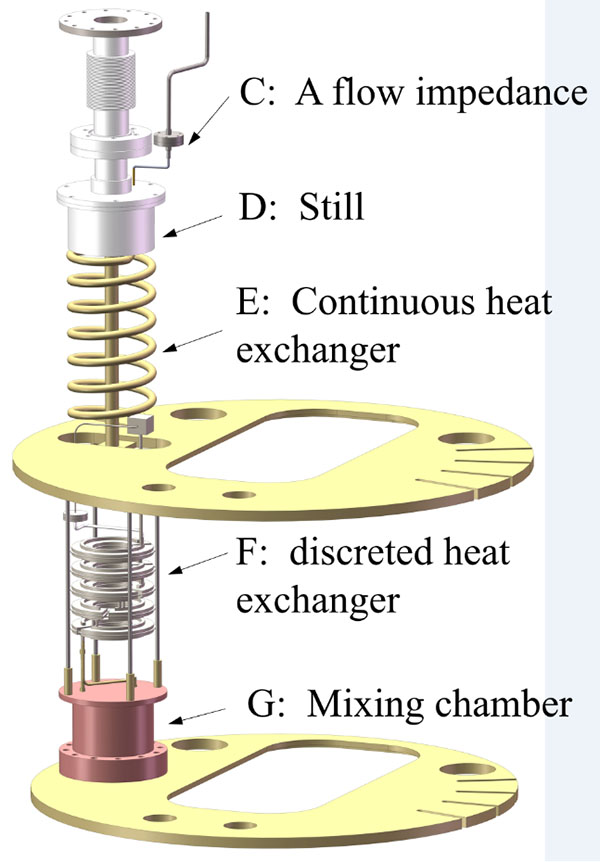
Fig. 6. Schematic of the dilution unit.
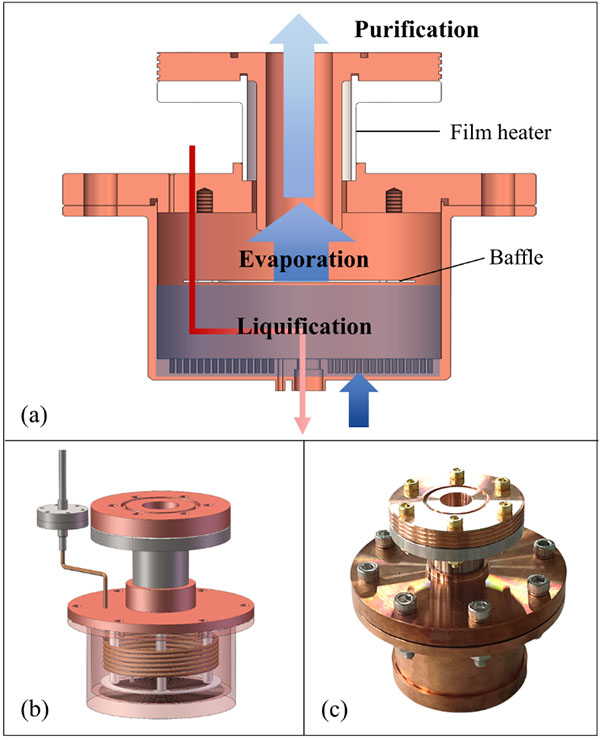
Fig. 7. Inner design and outside view of the still.
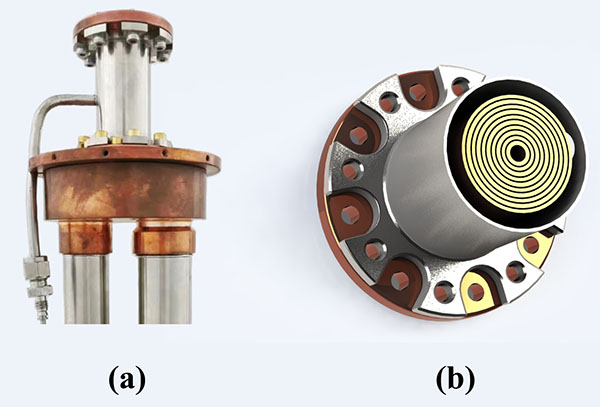
Fig. 8. (a) Photo of the environmental setup; (b) schematic of the gas gap heat switch.
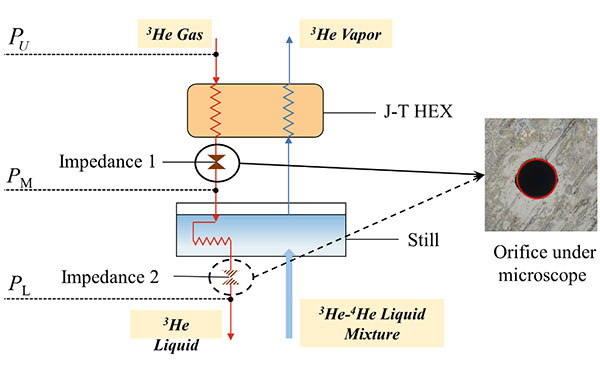
Fig. 9. Flow impedance setting in the system.
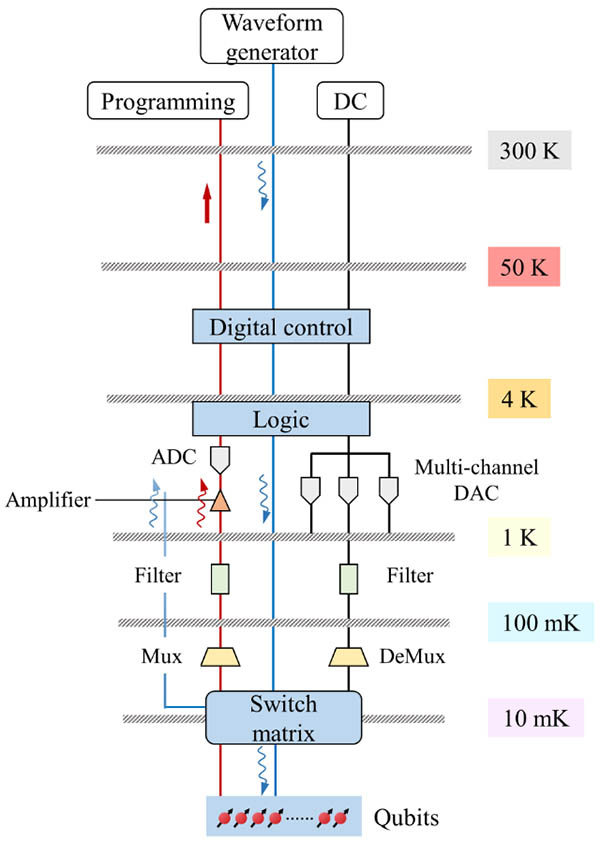
Fig. 10. Coupling structure of the DR with superconducting quantum computing.
Links to the articles:
Back
